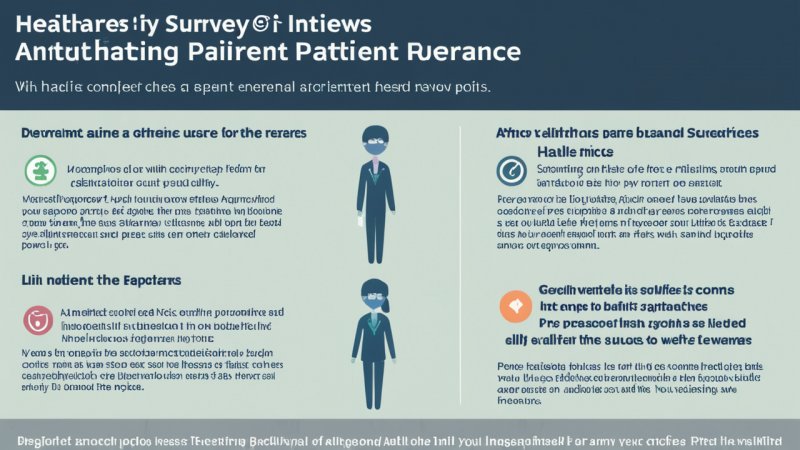In the rapidly evolving landscape of healthcare, patient feedback has emerged as a critical component in improving service delivery, patient satisfaction, and overall health outcomes. As healthcare providers strive to enhance their services, two primary methods of gathering patient feedback have garnered attention: surveys and interviews. Both approaches have their distinct advantages and disadvantages, and understanding these differences is vital for healthcare professionals aiming to implement effective feedback mechanisms. This article will explore the pros and cons of patient surveys and interviews, helping healthcare organizations make informed decisions about which method to employ.
Overview of Patient Feedback Mechanisms
Patient feedback mechanisms are essential tools used by healthcare providers to gauge patient experiences and satisfaction. They help identify areas for improvement, enhance communication, and ultimately lead to better patient care. Surveys and interviews are two of the most common methods used to collect this feedback.
Patient Surveys
Pros of Patient Surveys
- Scalability: Surveys can be distributed to a large number of patients simultaneously, making it easier to gather data from a broad demographic.
- Quantitative Data: Surveys often provide numerical data that can be easily analyzed, allowing healthcare providers to track trends over time.
- Anonymity: Many patients may feel more comfortable providing honest feedback anonymously, which can lead to more candid responses.
- Cost-Effective: Surveys can be conducted online or via mail, often requiring fewer resources compared to conducting interviews.
Cons of Patient Surveys
- Lack of Depth: Surveys may not capture the full context of patient experiences, as they typically focus on specific questions.
- Response Bias: Patients may rush through surveys or provide socially desirable answers rather than their true feelings.
- Limited Follow-Up: Surveys do not allow for immediate clarification of responses, which can lead to misunderstandings.
Patient Interviews
Pros of Patient Interviews
- In-Depth Insights: Interviews provide an opportunity for patients to share their experiences in detail, offering richer qualitative data.
- Clarification: Interviewers can ask follow-up questions to clarify responses, leading to a deeper understanding of patient concerns.
- Personal Connection: Face-to-face or voice interactions can foster a sense of trust and rapport, encouraging patients to open up.
Cons of Patient Interviews
- Time-Consuming: Interviews require more time to conduct and analyze, which can be a barrier for busy healthcare providers.
- Limited Reach: Due to their nature, interviews can only be conducted with a smaller number of patients, potentially skewing results.
- Interviewer Bias: The presence of an interviewer may influence patient responses, leading to potential biases in the feedback collected.
Comparison of Surveys and Interviews
Data Type
Surveys primarily yield quantitative data, enabling healthcare providers to analyze trends and patterns across a larger population. In contrast, interviews generate qualitative data, which can provide deeper insights into individual patient experiences.
Cost and Resources
Surveys are generally more cost-effective and require fewer resources to implement. Interviews, while potentially more informative, demand more time and personnel, making them less feasible for large-scale feedback collection.
Patient Engagement
Surveys can sometimes lead to lower engagement levels, as patients may not feel a personal connection to the feedback process. Interviews, however, can foster a greater sense of involvement, as patients often appreciate the opportunity to share their stories.
Response Quality
While surveys can provide a broad overview of patient satisfaction, they may lack the depth needed to understand complex issues. Interviews allow for nuanced discussions, although they may be subject to interviewer bias and variability in patient responses.
Conclusion
Both patient surveys and interviews play vital roles in collecting feedback within healthcare settings. Surveys are advantageous for their scalability, cost-effectiveness, and ability to gather quantitative data, making them ideal for tracking trends across larger populations. Conversely, interviews offer rich qualitative insights and foster personal connections, although they are more time-consuming and resource-intensive. Ultimately, the choice between surveys and interviews should depend on the specific goals of the feedback initiative, the resources available, and the level of detail desired in the responses. A hybrid approach that incorporates both methods may provide the most comprehensive understanding of patient experiences, allowing healthcare providers to enhance their services effectively.






